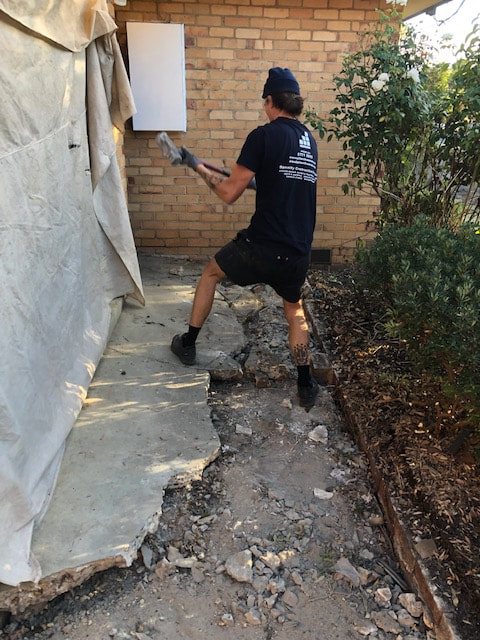Rectifications

concrete
rectifications
Concrete rectification, rather than replacement, offers a practical and sustainable solution for damaged surfaces. It is now possible to repair issues like cracks, spalling, and surface pitting rather than replacing the entire concrete surface.
This is because modern techniques, such as resurfacing, patching, and sealing, enhance the appearance and durability of concrete without the need for complete removal. Rectification is cost-effective, reduces downtime, and minimises environmental impact by significantly reducing the carbon footprint.
Additionally, repairing and rectifying concrete extends its lifespan, providing a like-new finish that can withstand future wear and tear. Choosing rectification over replacement is both economically and environmentally advantageous for maintaining concrete surfaces.
When can you rectify
rather than repair concrete
Here are examples of when rectifying concrete is possible:
- Surface Cracks – Minor surface cracks can often be repaired through patching and sealing without needing to replace the entire concrete slab
- Concrete Cancer – Localised concrete cancer (also known as spalling) can be repaired by removing the damaged concrete and applying a new layer or patch.
- Surface Erosion – Eroded surfaces due to weathering or water damage can often be repaired through surface treatments and protective coatings
- Joint Repairs – It may be possible to repair damaged expansion joints without needing to replace the entire concrete structure
- Decorative Finishes – When the issue is primarily cosmetic, such as improving the appearance of exposed aggregate or coloured concrete resurfacing or resealing may suffice.
- Structural Breaks – Although possible, it is crucial that the situation is assessed carefully to ensure the repair will meet structural integrity standards.
